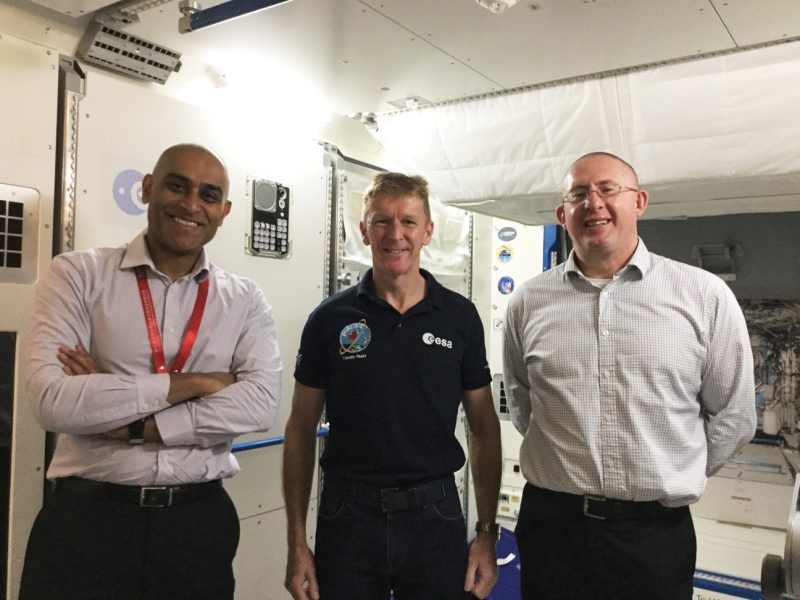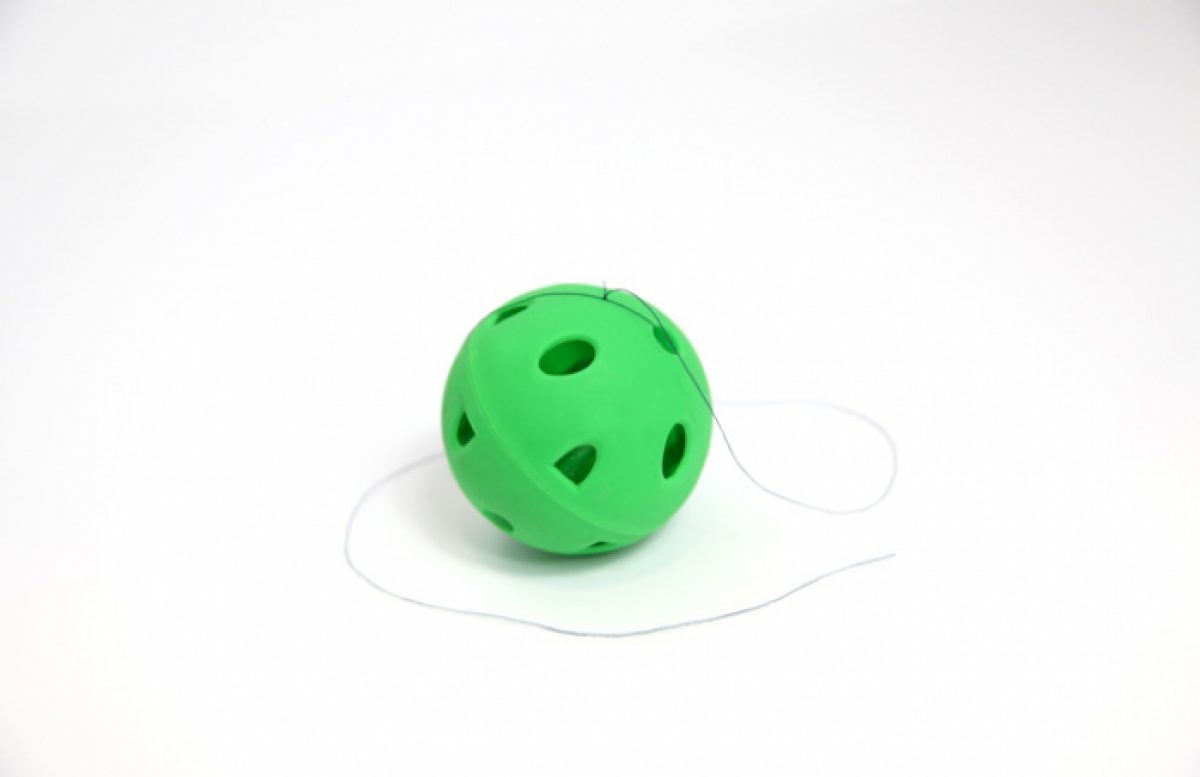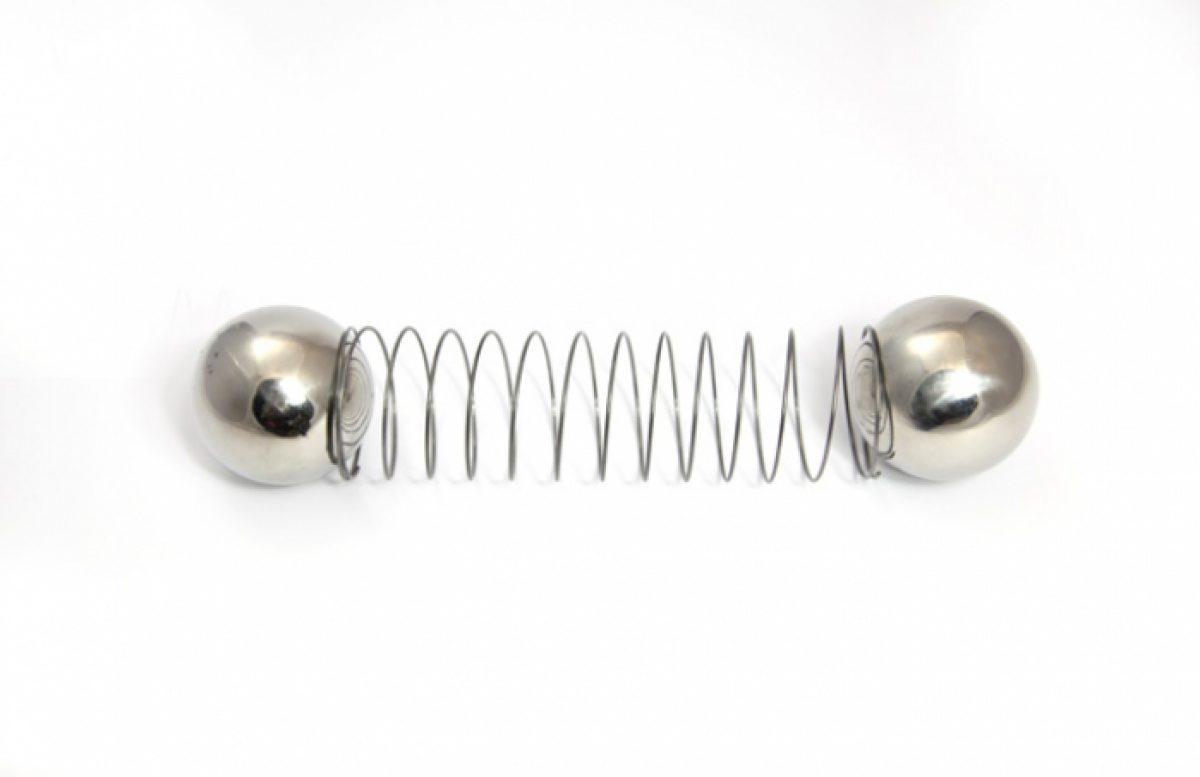How to use
Astro Academy: Principia is comprised of five teaching films, written teacher guides, source video clips of Tim’s on-orbit demonstrations, Tracker software files and video clips of Tracker analyses. The teacher guides, video clips and Tracker files are grouped by sub-topic and linked for download from the topic pages on Circular Motion, Collisions and Kinetic Theory. They can also be downloaded as entire topic groups from each page.
You can also find the video clips on Youtube, and more information about the National Space Academy here.
The following guides may be useful for understanding how to get the most out of Astro Academy: Principia:
Technical Requirements.
Each downloadable package is archived as a ZIP file. To use the Tracker and video resources, please unzip the files.
Tracker Files: To use the Tracker files, please download the free Tracker Video Analysis and Modelling software from http://physlets.org/tracker/.
Please note that due to the use of specialist software and large file sizes, the downloadable resources on this site are not recommended for tablet or mobile devices. If you are viewing on a tablet or mobile device, you can access the videos used in the packages via our YouTube channel.
These resources are licensed under a Creative Commons Attribution-NonCommercial-NoDerivatives 4.0 International License.
About Astro Academy: Principia

From December 2015 until June 2016 the first ever British European Space Agency Astronaut Tim Peake lived and worked on the International Space Station (ISS).
His mission, Principia, and his base in the unique microgravity environment of orbit has afforded the opportunity for a truly comprehensive and unique educational project, Astro Academy: Principia, to be developed.
The UK Space Agency tasked the National Space Academy to design and produce experiments, flight procedures, and a set of flight-qualified equipment for these experiments. Tim used this equipment whilst on-board the ISS to demonstrate fundamental aspects of the physics and chemistry curricula that are notoriously difficult to demonstrate in the gravity environment of Earth. By combining footage of these demonstrations with their Earth analogues, along with advanced tracker analysis, teaching videos, teacher guides and student questions, Astro Academy: Principia provides classroom science teachers with a suite of content they can use to teach momentum, collisions, gravity and kinetic theory and simple harmonic motion in a new and innovative way.
What does “Astro Academy: Principia” mean?
The project’s name incorporates Tim Peake’s mission name, Principia, which he chose in homage to the great scientist Sir Isaac Newton, and in particular Newton’s great work Philosophiæ Naturalis Principia Mathematica (Mathematical Principles of Natural Philosophy), commonly referred to as “Principia”. The books that make up Principia include what is arguably Newton’s most famous work and the basis of classical physics: Newton’s Laws of Motion.
The “Astro” in Astro Academy refers to the suffix used by astronauts on their twitter handles (eg @Astro_TimPeake) as well as the word astronaut itself – the “astro” part coming from the Greek word astron meaning star (and naut coming from nautes meaning sailor). The inclusion of the word Academy is a reference to the National Space Academy model of supporting teaching and learning by using space contexts to tackle curriculum topics in the sciences and maths.
Astro Academy: Principia will demonstrate some of Newton’s laws and other fundamental principles of physics and chemistry in a way that Newton and subsequent scientists could only have imagined.






